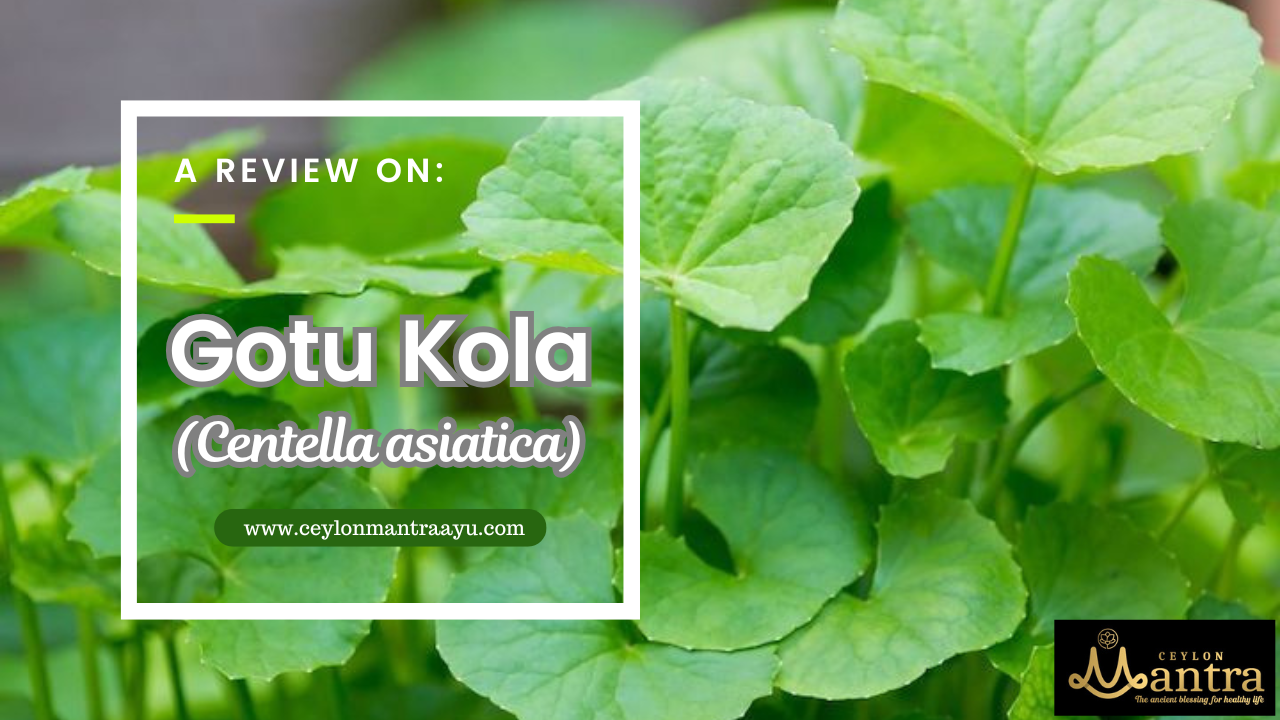Review on Mandukaparni (Gotu Kola)
04/02/2025
Dr. Chandima Madhumalika

About Author

Dr. Chandima Madhumalika
BAMS (Hons.)University of Colombo Dip. In Ayurveda Beauty Culture
Reserved for Advertisements
04/02/2025
Dr. Chandima Madhumalika

Author

Dr. Chandima Madhumalika
BAMS (Hons.)University of Colombo Dip. In Ayurveda Beauty Culture

In Ayurveda, sleep (Nidra) is one of the three pillars of health, essential for mental clarity, physical rejuvenation, a...

Discover Ayurveda’s Grishma Ritu Charya – diet, lifestyle & remedies for summer heat. Stay cool, energized & balanced wi...
Reserved for Advertisements
You must be logged in to post a comment.
No comments yet. Be the first to leave a comment!